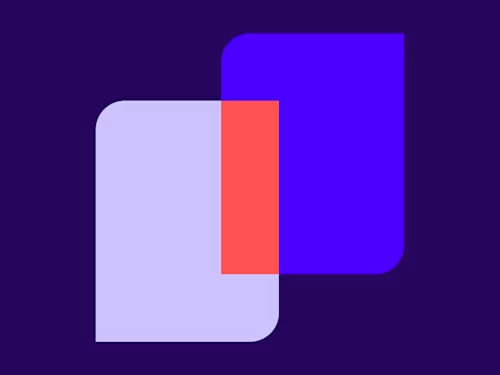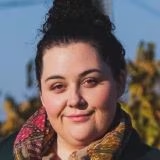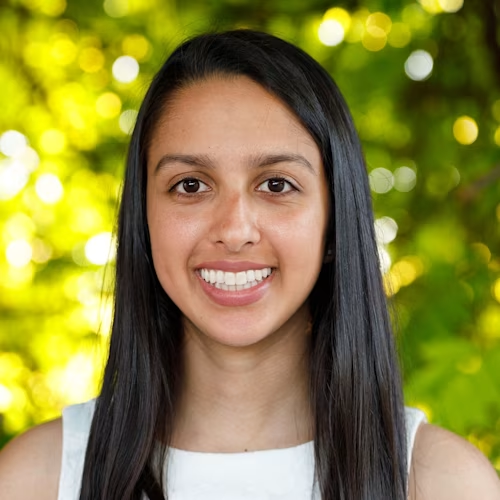
Winners Announcement: Good Code Hackathon 2022
Who’s taking home the $50,000 in prize money for our annual Good Code Hackathon? The judges' results are in and it’s time to find out.

Every year Docusign has the pleasure of hosting the Good Code Hackathon, as part of our Docusign for Forests commitment to sustainability. For our grand prize we select a non-profit partner and invite hackers to build an application for the non-profit to use in their real-world work. This year we partnered with the Jane Goodall Institute to help conserve chimpanzee habitats. However, in the spirit of helping out for the greater good, we also gave hackers the option to build an app for a non-profit of their choice.
The four categories for prize awards this year were:
The Jane Goodall Institute Challenge: Integrate geospatial field data collection and camera trap workflows for conserving chimpanzees and their habitats for the Jane Goodall Institute.
The Greater Good Challenge: Build an innovative web or mobile application that automates and connects agreement/e-signature processes for a non-profit of your choice (must be a registered 501(c)(3) or local equivalent to be eligible to win).
Beyond Docusign eSignature bonus prize: Award for the best implementation of Docusign beyond eSignature alone and/or utilizing advanced eSignature features.
Best use of Esri bonus prize: The best integration of Esri’s APIs and/or ArcGIS Survey123.
And without further ado, here are the winning projects:
The Jane Goodall Institute Challenge winners
First Place, $15,000: Team Zapene
This team really took their time to understand all of the different ways Docusign technology could be used to solve the Jane Goodall Institute’s use case. They designed an application for use by volunteers on the ground that integrates GIS data with verification of the metadata. They leveraged signing order to ensure a chain of custody for data validation, complex tabs to capture the document data, remote signing to keep users within their application, and Connect webhook notifications to update the application with data from the envelope. They even used the Click API to capture consent. Well done, Team Zapene. The judges were very impressed!
Second Place, $7,500: Team Two Ravens
Our judges at the Jane Goodall Institute were particularly impressed with this application due to its usefulness in the field. The field agent goes to the camera trap and scans the QR code with a mobile phone, which automatically populates forms and captures the metadata. The images from that scan are clearly tied to individual projects and cameras, and can be sent directly to stakeholders using a simple remote signing workflow for their Docusign implementation.
Third Place, $3,750: Team geochimp
This application stood out due to its use of PowerForms as well as the Django web framework and Python programming language. The goal of this application was to automate the manual process of tagging the photos from the various camera traps. The use of PowerForms allowed team geochimp to easily pull the collected data into their application and initiate the signing process. They used remote signing and leveraged signing order to complete the workflow.
The Greater Good Challenge winners
First Place, $10,000: Team Alight Docusign
This team was inspired by the conflict in Ukraine, and decided to build an application to support Alight, a non-profit that provides humanitarian assistance to displaced and marginalized communities around the world. This application enables refugees who are looking for urgent help to fill out a request form, which is processed using the Docusign eSignature API. The teams at Alight can track the registered person’s location using Google Maps geo-location, as well as communicate with them via email or SMS text messages leveraging Twilio SMS API Gateways. This use case was a prime candidate for automation with Docusign APIs.
Second Place, $5,000: Team Habitat-Portal
Team Habitat-Portal wanted to build an application for Habitat for Humanity, a non-profit organization that helps families build and improve homes, to automate the signing of forms that people submit when applying for support. This hacker reached out to Habitat for Humanity to understand their current process and identified multiple inefficiencies. The applicant fills out a form and then completes the application by signing a document that’s automatically generated via the Docusign eSignature API. In the future, this hacker hopes to leverage Docusign ID Verification to verify the identities of applicants.
Third Place, $2,500: Team Agaram Scholarship
Our third-place team was looking to support education in India by automating scholarship applications for the Agaram Foundation. Currently when people apply, they manually fill out forms and send them by mail, a process that’s both time-consuming and not environmentally friendly. The challenge was exacerbated by the COVID-19 pandemic, and many were not able to complete the entire application process. This hacker built an application to automate this using the Click API to capture consent at the beginning of the process, and the Docusign eSignature API to facilitate the form submittal. They also leveraged other technologies like Angular, Node.js, and MongoDB.
Beyond Docusign eSignature winner
With their impressive utilization of so many Docusign features, it’s no surprise that we’re awarding this bonus prize worth $5,000 to our first place team for the Jane Goodall Institute Challenge, Team Zapene.
Best Use of Esri winner
After our friends at Esri reviewed the submissions, one stood above all others. Team geochimp took home this bonus prize of $1,250 because of their unique use of ArcGIS Online to visualize the data on a map and implement popups for the captured images.
The judges and I want to say a massive thank you to everyone who participated in this year’s Good Code Hackathon! Please give a round of applause for all of the projects that were submitted. It’s inspiring to see Docusign technology being used to help organizations around the world that are trying to make it a better place.
Stay tuned to our Twitter, @DocuSignAPI, to be the first to hear when we kick off our next hackathon.
Additional resources

Kendall leads developer and API marketing at Docusign. She has spent her career in technical marketing with a passion for building communities. You can reach her on LinkedIn or Twitter.
Related posts
Docusign IAM is the agreement platform your business needs




